There are two big mistakes that many enterprises make in their haste to implement the DevOps methodology. The first is viewing DevOps as an end goal when, in fact, DevOps is a journey that never truly ends. The second is to focus on buying DevOps technology and tools rather than changing their culture and organizational structure to support DevOps principles, like collaboration and constant improvement. If you want to implement enterprise DevOps in your organization, you need to shift your corporate culture to focus on:
- Breaking down silos and ensuring information is actively and openly shared with all stakeholders
- Creating opportunities for simultaneous collaboration so teams can work more efficiently
- Promoting innovation by encouraging questions, rewarding initiative, and not punishing mistakes
In addition to facilitating a smoother transition to enterprise DevOps, these culture changes can also directly benefit your organization.
The Benefits of Adopting an Enterprise DevOps Culture of Digital Transformation
Embracing the DevOps culture in your enterprise provides benefits such as:
Faster Releases
One of the biggest benefits of a DevOps culture is that it facilitates faster releases by encouraging simultaneous collaboration on projects. Multiple developers can work on different components of the same code base at the same time thanks to tools and processes like versioning control and CI (continuous integration). QA can perform testing as soon as code is checked into the repository and trigger automatic tests to run when code reaches certain benchmarks in the SDLC. Automation reduces the amount of hands-on time required for testing, freeing up QA to do tests that require a human touch. Plus, the ability to work together efficiently will eliminate a lot of the resentment that siloed departments tend to feel towards each other when bottlenecks occur.
Fewer Mistakes
An enterprise DevOps culture promotes open and frequent communication among stakeholders so nobody on the project is left out of the loop. For example, if the client makes a change to their requirements, this information should be immediately communicated to everyone on the team, even if it doesn’t seem relevant to their workflows. If anyone is left out of the communication, there’s a chance they’ll make a mistake because they’re working with outdated or incorrect information. This is why a DevOps culture results in fewer overall mistakes, which streamlines the release process and increases the quality of your end product.
Greater Innovation
When you shift your corporate culture to focus on rewarding initiative rather than punishing mistakes, you foster greater innovation in your enterprise DevOps teams. For example, rather than forcing everyone to follow strict processes, you should encourage your team to come forward with any ideas for improvements. Since DevOps facilitates smaller and more frequent releases, you can test out new ideas. Because you can easily revert to old versions as needed, your team has room to experiment and innovate. When a new idea doesn’t work out in production, it’s easy to undo the mistake, which means you should never feel the need to punish a team member for suggesting an imperfect idea. By opening your door to new ideas without chastising or disciplining honest mistakes, you’ll encourage greater innovation in your enterprise.
Tip:
Additional changes mean additional complexity. To simplify rollbacks, make sure dependencies are backwards compatible for at least one version. Alternatively, you can use semantic versioning to codify compatibility in the version number.
More Trust and Job Satisfaction
An enterprise DevOps culture promotes constant collaboration, open communication, and a focus on innovation and improvement, all of which fosters a greater sense of trust and job satisfaction among your staff. When you have multiple departments working together to achieve the same goal, they’re likely to feel a greater sense of teamwork and comradery. By openly communicating all changes and other important information to every stakeholder as soon as possible, you’re proving to your people that they can trust you to keep them in the loop so they can do their best work. Plus, the focus on innovation and frequent releases will give your teams a greater sense of ownership and accomplishment. All of this leads to more trust and higher job satisfaction among DevOps teams.
Creating a Culture of Digital Transformation in Your DevOps Enterprise
If you want to achieve the speed and automation promised by DevOps, you need to shift your corporate culture to embrace principles like simultaneous collaboration, open communication, and constant innovation. While you’re laying the groundwork for these culture changes, you can also begin implementing the tools and solutions that will support these principles. Enterprise DevOps requires a focus on both the human and technical sides of the equation.
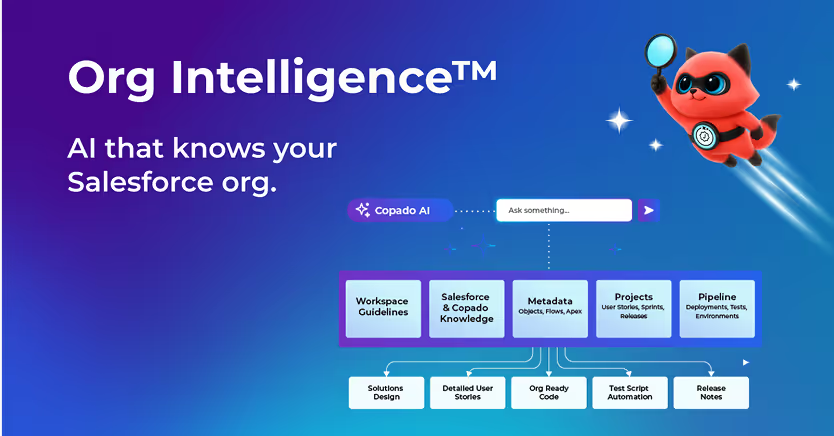











.svg)
.svg)

.png)

.svg)

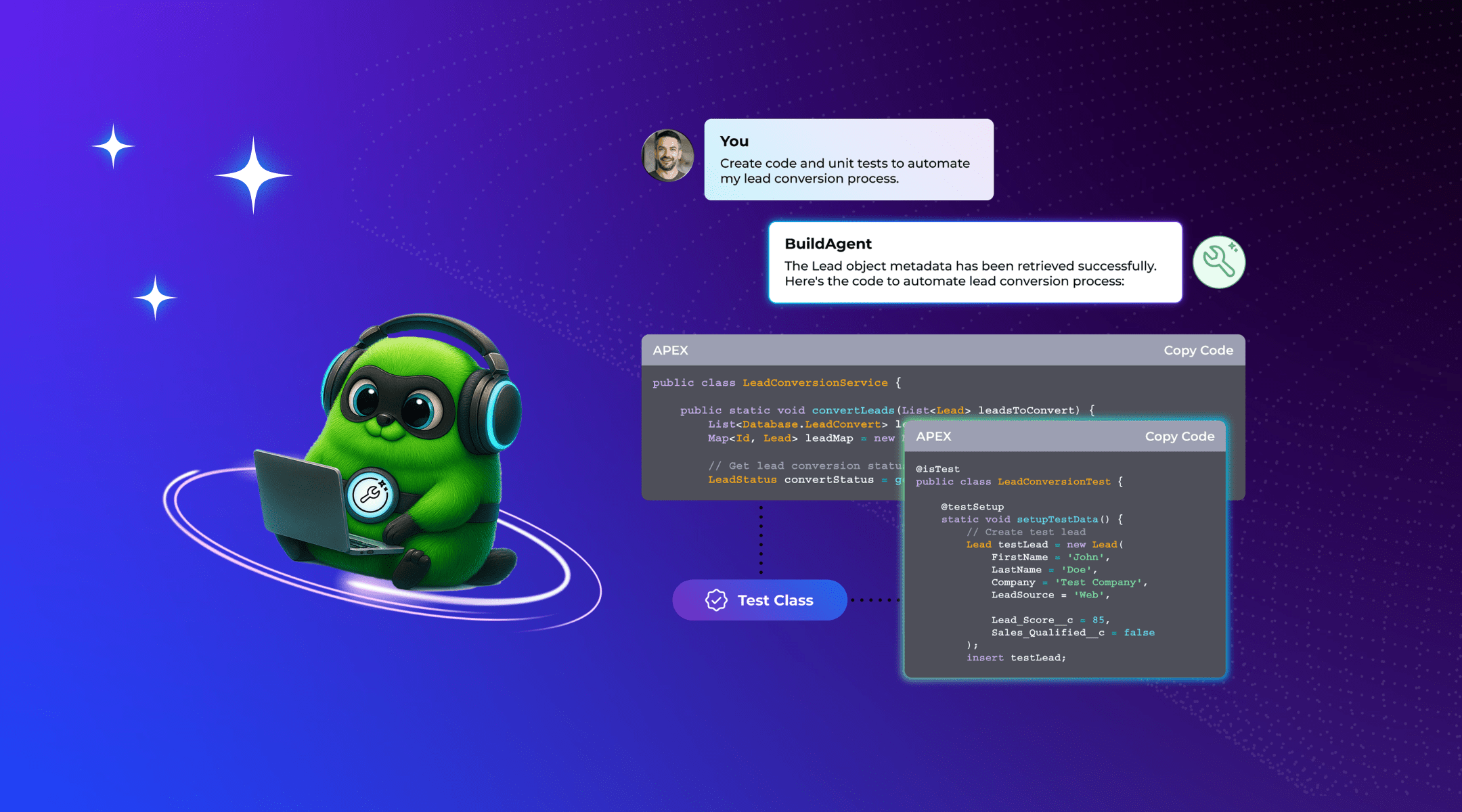


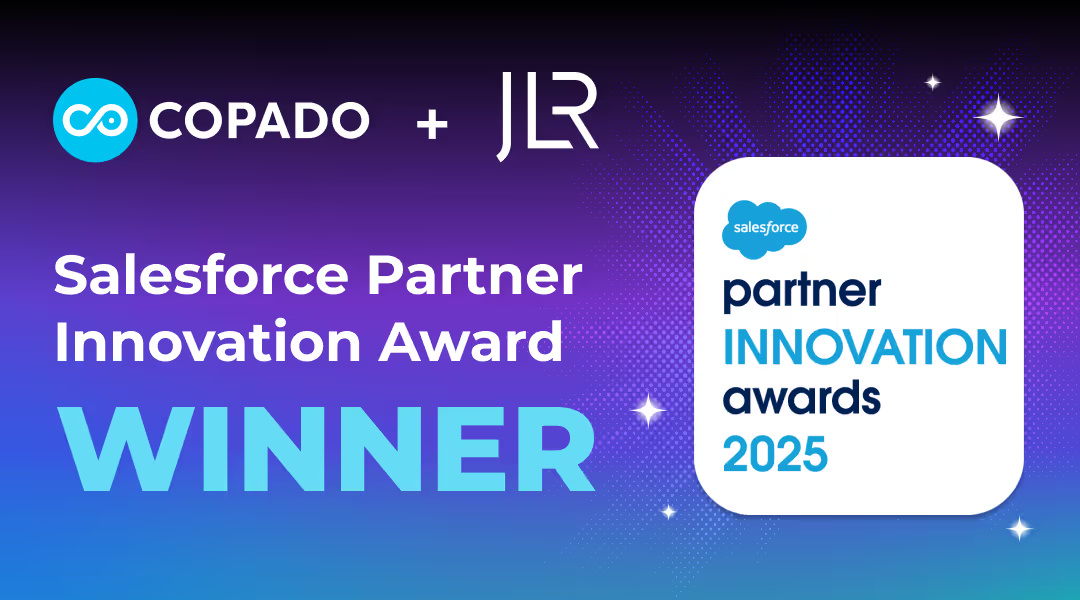



.avif)


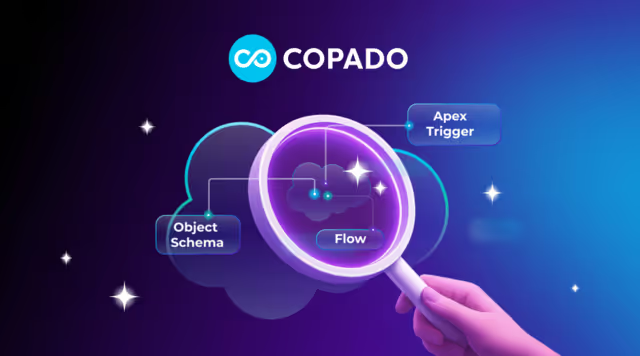
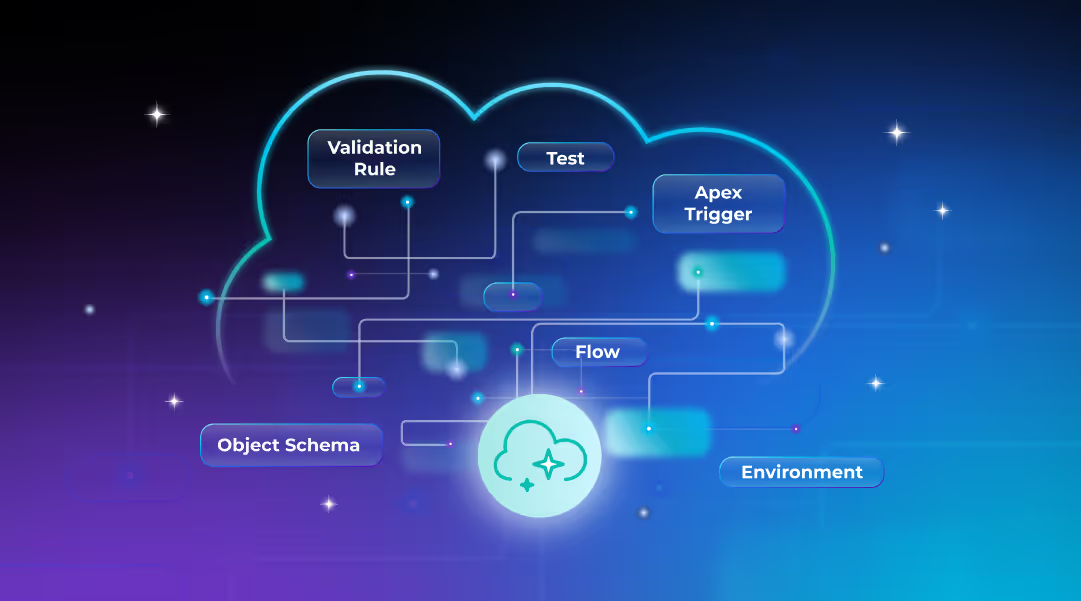









%20Data%20to%20Me_BLOG_1080x600.avif)






.avif)

































.avif)







.avif)



.avif)

























%20(1).png)
.png)
.png)

.avif)


.svg)
